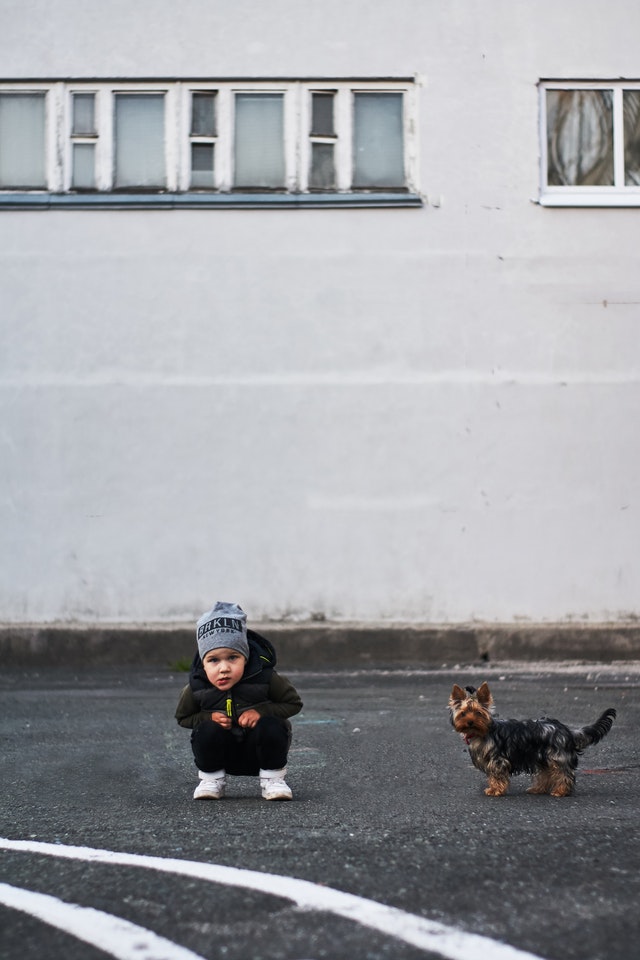This post may contain affiliate links. Please read the disclaimer for more info.
In the last post, we looked at why the deep squat is a position that we should all be looking to reclaim. It has so many benefits because it is one of the primary positions that our ancestors would hold while doing a host of things like cooking, eating, socializing, resting, and even defecating.
Achieving this position may be difficult for most modern people simply because chairs and couches and beds have become our replacement for squatting and other ground positions. However, this doesn’t mean you shouldn’t try, it just means you should ease into the process and get your body re-familiarized with it.
We’re going to talk today about what a perfect deep squat would look like so that all of your joints are protected, your big muscle groups are activated, and you maintain mobility in the correct areas.
Heels on the Floor
Having your heels on the floor makes an enormous difference to the heels-up version that most modern people have to settle for. It will maintain good ankle mobility (aka your ability to dorsiflex) and keep your achilles and calf muscles loose.
Feet are Wide Apart
Keeping the feet wide and pointed straight is what will give you a stable hip position. It would also be wise of you to “screw your feet into the ground” as Dr. Kelly Starrett says in his book, Becoming a Supple Leopard.
This means to exert force in an outward direction with your feet while still keeping them planted in the same position. This will create an arch in your foot and give you a strong operating position, or torque.
Knees are Pushed Outward
Pushing the knees outward is another aspect of creating a stable hip position. It can also happen as a result of you screwing your feet into the ground but if it doesn’t, push them out a little wider anyway.
These actions just stabilize your joints like the hips, knees, and ankles while in a squat to generate torque. This way, you’re not just suffering through the position, but you are strong and stable in it.
Weight on the Outside of Your Feet
This will help you avoid your ankles collapsing in and will keep your weight on the foot tripod. The three points of the tripod are the center of the calcaneus (heel), head of the 5th metatarsal (ball of the pinky toe), and the head of the 1st metatarsal (ball of the foot, big toe).
Balancing these three points gives the foot stability and will help the arch function optimally. Screwing your feet into the ground will also help you achieve this position.
Back is Braced (Straight)
This is to avoid lumbar overextension (pushing your lower back in). The problem is not so much of whether your back and torso are tilted forward or completely upright, it’s a matter of having a straight back as a foundation. The squat does not require the back to move at all, only the hips and knees.
Butt is Down, Hips Below Knees
This will keep your back extensors in an elongated position which is great relief because most of us have very short, tight muscles down there from the amount of sitting we do.
Shoulders and Head are Level with Back (Neutral)
Maintaining a neutral position with your back, shoulders, and head will help you avoid common open-circuit faults like a rounded back, shoulders rolled forward, lumbar overextension, and forward head posture.
It’s important to remember that open-circuit faults should always be avoided because they are essentially unstable positions that your body has taken up because you are lacking range of motion or motor control.
These types of positions are dangerous to generate force with such as, running fast, jumping and landing, lifting something heavy, etc. because sooner or later, they will result in an injury.


Leave a Reply